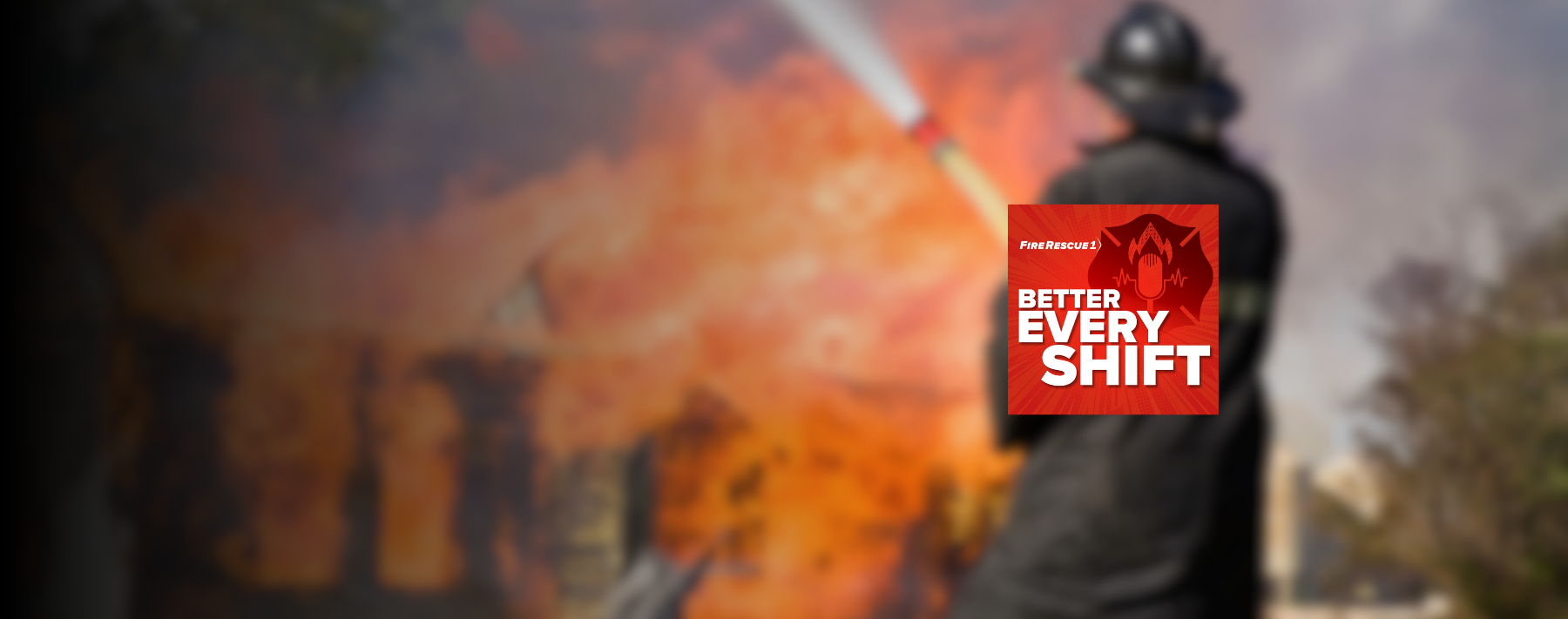Called to a classroom for a report of a fight between two students, the School Resource Officer plunges into the fray, tossing chairs aside and lunging at the students. Within seconds he has one of the students on the floor, arms pinned behind his back. “I can’t breathe!” the student shouts. “You’re hurting me.” “Well you should have thought of that before you started fighting,” the officer yells back. He yanks the handcuffed student to his feet, then pushes him up against the wall. Behind the officer, multiple students are filming. In minutes, the videos are posted to social media; within the hour, reporters descend on the school.
These days, it can take mere minutes between a call to 9-1-1 and an incident hitting the news. Although the above example involves a law enforcement officer, no public safety agency is immune. As incidents go viral on social media, the risk of lawsuits with large potential exposure is very real.
We can’t change the fact that everyone is carrying around a high-definition video camera in the form of a phone, or that platforms like Twitter magnify incidents and sometimes spread bad information. But we’re not helpless either. This article is designed to provide insight on the importance of training your staff to handle critical incidents, with tips on how to quickly identify the circumstances that can generate a highly publicized incident and effectively manage these situations.
First, let’s look at four factors that can provoke media scrutiny of public safety agencies.
1. Demographics
An entity’s demographics can dramatically alter the media’s response. Many town demographics have changed over the years. Towns may have started with most of their citizens having European backgrounds and, as the town ages, more residents are African American and Latino. This can become an image problem if public safety personnel demographics do not change in the same way. The media may become quick to jump to allegations of racial bias. Did a black patient have to wait 9 minutes for an ambulance to arrive, when response times in the predominantly white neighborhood are under 5 minutes? Suddenly there’s a story.
Obviously, you can’t change demographics overnight. But if your town faces such demographic disparities, you can prepare messaging to combat such stories. You can ensure recruitment practices are aimed at hiring personnel who reflect the community you serve. You can demonstrate how your policies prevent racial bias and unequal treatment. And you can use performance measures to determine whether in fact there are racial disparities—and if there are, address them.
2. Caught on Video
Videos are becoming the major attention-grabber. Many police departments and some corrections agencies are using body cams. Such cameras do not always provide a clear picture of what occurred or what happened before the camera started filming. In addition, departments often don’t release body-cam footage as soon as the media would like.
But that doesn’t mean the footage remains in the agency’s control. Many witnesses record their own videos with their phones. There have been several occasions when an incident occurred and the department’s video was not released right away, but the witnesses’ videos were posted online in less than an hour. The media then starts requesting the agency to release their video, which cannot always be done as the internal investigation may still be underway. If the media’s request is refused, negative publicity can result, especially if there are many other videos posted online.
If the public safety agency does not respond to questions raised by the media, reporters will often reach out to the mayor or the city council to seek more information and opinions.
Body cameras can grab the media’s attention in other ways too. Sometimes, the body cam is turned on late, or not at all; on occasion, they have been turned off at the wrong time. A body cam line of sight can also get unexpectedly restricted by the officer’s body position. It is very important to train your department personnel to use body cams properly. Many lessons can be learned from prior events in your town or others. Your department should have a robust body camera policy as well as clear direction on when to release videos to the media.
3. Mixed Messages
Open communication within your entity is also very important. If the public safety agency does not respond to questions raised by the media, reporters will often reach out to the mayor or the city council to seek more information and opinions. There have been several occasions where the mayor or other town representatives answered requests by the media even though they had not been advised of the details surrounding an incident. While well-intentioned, such comments can backfire, undercutting the decisions of the fire chief or police chief. It always works out better if elected officials have more knowledge of the incident, so it is good to keep them advised. In addition, political town members should be coached not to give statements until they have the necessary information.
4. Failure to Engage
When the media shows up, it can become a problem if there is no one to respond to their questions or if their questions are ignored. It may be too early in the investigation process to be able to provide all the findings to the media but giving them some basic information prevents them from claiming information is being withheld. When the media insinuates information is being hidden, it can begin to hurt an agency’s reputation. Plaintiff’s attorneys will often jump on the same bandwagon, repeating in interviews that your agency is being uncooperative. It is extremely important not to shut your door on the media when they show up.
Anticipating Media Scrutiny
So how do you know which events will set off the media alarm bells? After being involved in an incident, ask yourself the following question : Is my perception and analysis of the incident the only way to think about what happened? If I’m playing devil’s advocate, could I see the event in a different light?
As you know, you can rarely be certain that reporters and social media users will have the same analysis as you do. Opinions are often formed before all the details are learned about the incident; sometimes, one aspect of the incident generates a powerful emotional response. In shooting incidents, for example, the race of person who was shot or the number of shots fired can be enough to grab the media’s attention. It is important to closely analyze all aspects of the incident and be ready to properly respond when the media shows up. Be on the lookout for unclear fact circumstances, tragic events sustained by the involved parties or their family or friends, and negative opinions regarding the agency’s ability to provide proper security to their population.
The Importance of Training
Successfully navigating media scrutiny of public safety agencies requires training your personnel before the microphones and cameras come out. This training can help your agency become aware of how fast the media will get involved in an incident—even those you wouldn’t consider “critical incidents.”
Prior to setting up the training, do some research to identify lessons learned the hard way by other municipalities. Many times, an incident will not appear to be too serious at first, but a seemingly minor aspect can unexpectedly raise the publicity to a negative high level. Review newspaper articles on the internet regarding similar events that you could be exposed to. But don’t stop with just the reported information—look at the reader comments, too. They provide immediate insight into how citizens view incidents and the fallout public safety agencies can face if they’re not prepared. This has a cumulative effect—an agency with a poor reputation will almost certainly face more media scrutiny.
In addition to your internet search, it can also be helpful to talk with your insurance carrier. They may have already been involved in cases that generated unexpected publicity.
Start Today
Responding to media scrutiny of public safety agencies is a multifaceted process. It involves training staff to recognize which events may spiral out of control, ensuring open lines of communication across the municipality and to reporters, and being prepared with appropriate messaging to counter attacks on your agency’s policies or personnel actions.
But it starts with building relationships and in turn, enhancing your agency’s reputation. Many departments have increased the number of charity-related events they participate in, and they look for unique ways to interact with their community. As positive interaction with their community improves, an agency will receive stronger support in the media. (It doesn’t hurt to get to know your local reporters, either.)
The bottom line: Stay alert! Consider all the aspects surrounding an event and try to anticipate what could generate negative publicity, potentially hurting your agency’s reputation or even influencing an expensive lawsuit.



